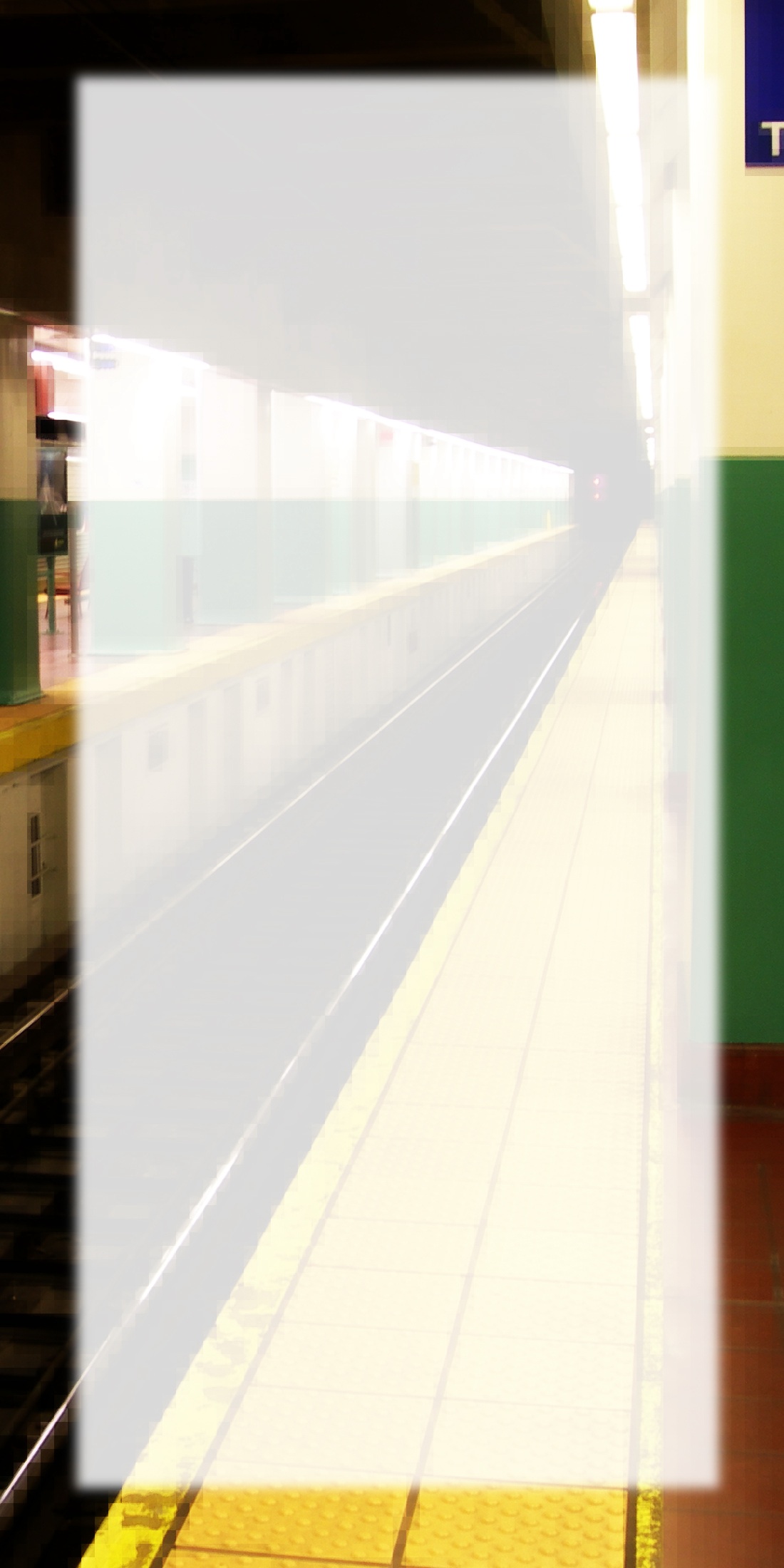Discrepancies Between Art Historical and Psychoanalytic Interpretations of Avant-Garde Painting: Fry and Greenberg contra Balint and Fairbairn by Donald Kuspit
But let’s get to specifics. Here is Fairbairn’s analysis of Dali’s Spectre of Sex Appeal, 1934 (Click Here to View Work), a work which would no doubt appeal to a psychoanalyst. As a prelude to his analysis, Fairbairn notes that “in many pictures by such [modern] artists as Paul Klee and Picasso (even in his pre-Surrealist period) the objects represented give the impression of having been either grossly distorted or broken up into fragments--or else subjected to both these mutilating processes.”(1) Such pictures “produce in the man in the street an impression of chaos.” (What would avant-garde art be without the man in the street to offend and confuse?) But Fairbairn observes that “the parts of an apparently dismembered figure are found to have been reassembled, albeit it in an unfamiliar way.” He then goes on to Dali: “The same combination of sadism and restitution may be illustrated in the case of the Surrealist painter Dali, in whose work the sadistic, ‘tearing in pieces’ tendency is often expressed with considerable licence. Take, for example, his picture ‘Spectre du sex-appeal’. Here we see the minute figure of a boy contemplating a colossal female figure, whose head merges into a rugged mountain mass in the background. The figure is deformed, contorted and mutilated; and various parts of the body are missing. Yet, apart from the unifying effect of the composition, evidences of restitution are not wholly lacking from the subject itself; for the figure is propped up by crutches and the missing parts of the trunk are at any rate replaced by sacks.” Fairbairn continues with another work: “In certain other pictures of Dali’s the human body is represented as partly constituted by a tier of half-opened drawers....Here again we have an expression of the ‘tearing in pieces’ tendency. Yet the theme of restitution is not wholly absent; for, if a drawer may be opened for the removal of its contents, it may also be shut again with the contents replaced.”
For Fairbairn, Dali’s Surrealist work is an illustration of Kleinean ideas, as he acknowledges. Because of this he ignores--does he see it?--the play of light and shadow informing the rough terrain in which the figures appear. Sunlight, after all, is taken for granted, and so is darkness, however more threatening. The grim landscape--indeed, the picture as a whole--has hallucinatory clarity. But if one has ever been to Dali’s hometown Figuras, the site of the landscape, one realizes that it is realistic and meticulously observed, down to the blue Mediterranean sky and the brown mountains. Indifferent to the hyperrealistic hometown Spanish landscape, and driven by his concern to “prove” Klein’s dialectic of destruction and restitution--they appear like idée fixes in his essay, indeed, their dialectic becomes a sort of deus ex machina solving all the problems of the picture--by finding them everywhere, Fairbairn ignores the landscape’s collective and personal symbolic significance. He is simply not interested in having this information, even though it has psychoanalytic import.
The monstrous female is also brought to startling life by the light that falls on her white flesh. The contrast between her and the diminutive boy in his dark navy blue sailor suit also has a dialectical tale to tell. It is worth noting that the wooden crutches that support the distressed damsel used to be standard crippled beggar equipment in Spain. We see them in Bunuel’s Viridiana. The woman is lame and humbled--precariously balanced on one skeletal foot and kneeling on a leg that lacks a foot. Fairbairn doesn’t seem to notice this. He surely observes it, but he filters out his observation to score a theoretical point. Nor does he note that it suggests Dali’s negative--certainly confused--attitude to the female body. If one wants to get psychoanalytic, the crutches rectify its bizarre character, the consequence of its being castrated, and thus monstrous and menacing--at least from the little boy’s point of view--into an ironically phallic woman. Similarly, the sacks of harvested grain--the only sign of organic life on the impoverished female, indeed, in the whole desolate picture--evoke the poor Spanish peasant. The crutches and sacks imply that the female has something to do with the state of Spain as well as with sex. Is she a sardonic rendering of the Virgin Mary, the spiritual queen of Catholic Spain? Dali’s professed anti-Catholicism--familiar from Le Chien Andalou--crops up, fusing with his misogyny. So does his very Spanish interest in the grotesque--the misshapen, naturally or emotionally (both are evident in Goya)--if with a bit of Archimoboldo grotesquerie thrown in.
